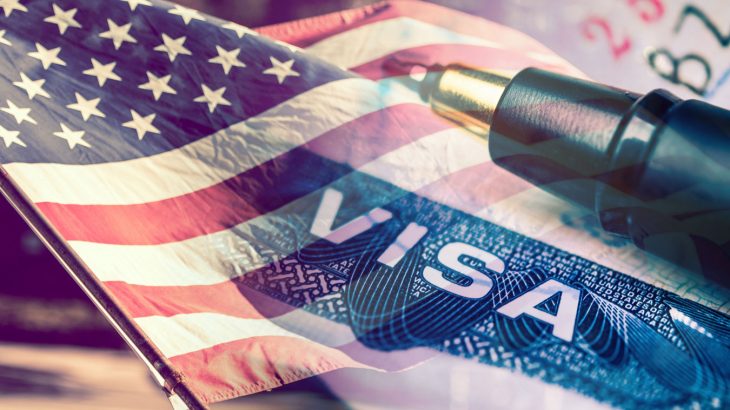The number of EB-5 visas available to investors is set to almost double in the coming year – a peculiar side-effect of the Covid-19 pandemic.
EB-5 is an employment-based US immigrant visa. The number of employment-based immigrant visas available each year is limited to 140,000. However, this is topped up if there are any unused family-based visas from the previous year.
The Covid-19 pandemic has led to an unprecedented number of unused family-based visas. The closure of US embassies and the temporary suspension of various visa categories have had a significant impact.
This means there is a large number of visas that can be carried over from the family-based allocation to the employment-based one. The October Visa Bulletin puts this at 121,500 visas.
When added to the 140,000 visas, this means that 261,500 employment-based visas are available for the fiscal year 2021, which runs from October 2020 to September 2021.
What does this mean for EB-5?
As the acronym suggests, EB-5 is the fifth employment-based visa category. It targets foreign investors with an offer of permanent residency (Green Card) for a $900,000 investment that creates ten American jobs in a Targeted Employment Area. Learn more.
EB-5 is limited to 7.1% of the total employment-based visas available in any given year. Normally this is almost 10,000 visas, but in the bumper FY2021 this will jump to 18,566 visas.
18,566 EB-5 Visas Available in FY2021
Each country is subject to an annual cap. No country can exceed more than 7% of the total EB-5 visas available. This is determined by country of birth (unlike the E-2 Treaty Investor Visa, which takes account of country of current citizenship see: E-2 plus Citizenship by Investment)
Normally, that means each country is subject to an annual quota of around 700 visas. Note: that the number of visas does not equate to the number of applications. A single application and investment can cover the applicant, a spouse, and dependant children under 21. Each individual would be counted separately in terms of visas but together as one in terms of applications.
The 2021 rollover means 1299 visas available to each country in this fiscal year. While most countries don’t come close to this annual limit, three countries are or have been severely impacted by this: India, China and Vietnam.
EB-5 Country Quota of 1300 in FY2021
Demand for EB-5 visa from these three countries is especially high and has often exceeded supply. This is a result of their large populations and historically high levels of interest in emigrating to the United States.
When demand exceeds supply, the countries enter what is called visa retrogression and applicants face a waiting list. How this work in practice is detailed on our visa bulletin blog.
With more visas available, there is opportunity for China and Vietnam to make greater inroads into the current backlogs. This would significantly reduce waiting times. India has not faced retrogression since July, but it had been teetering close to a return to waiting list. The risk of retrogression would recede.
India and China also face visa retrogressing in other employment-based visa categories, including EB-1 for people with extraordinary ability and EB-3 for highly skilled workers. The waiting times in both these visa categories may also fall.
Ongoing Covid-19 Pandemic
Caveats remain. An increase in visa availability would need to be matched by an administrative capacity to cope. With the Covid-19 pandemic continuing, it is unlikely that business-as-usual will resume anytime soon.
This may mean that India, Vietnam and China are unable to make full use of the extra visa availability in 2021. Any unused visas would not be rolled over again.
Yet, the ongoing pandemic may also mean that family-based visas will not use up their full allocation in 2021 either. This portends further rollovers into the employment-based visa categories in 2022.
This article is published for clients, friends and other interested visitors for information purposes only. The contents of the article do not constitute legal advice and do not necessarily reflect the opinions of Davies & Associates or any of its attorneys, staff or clients. External links are not an endorsement of the content.


























